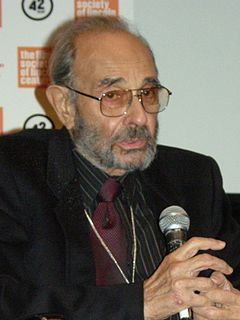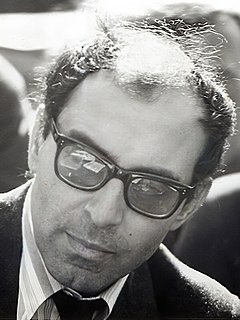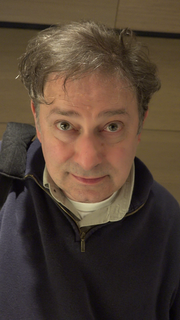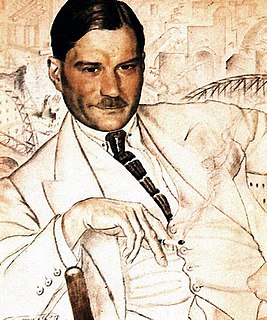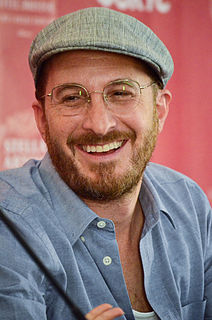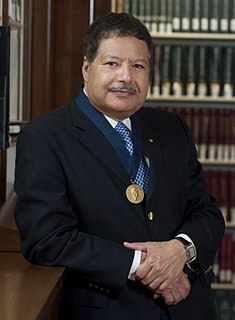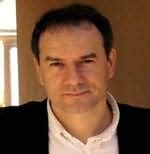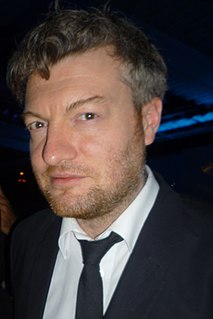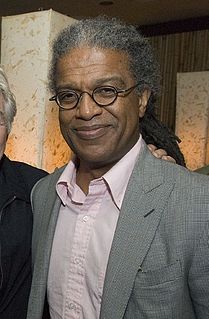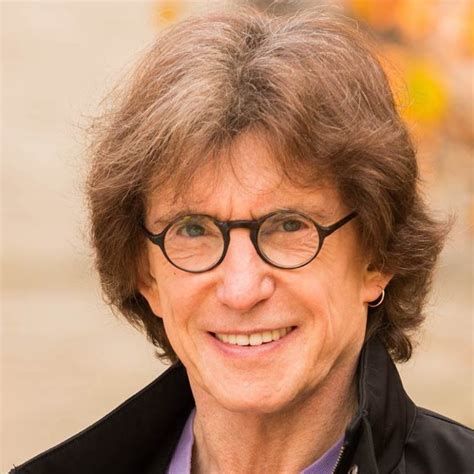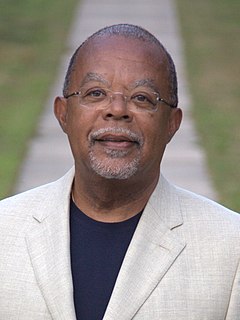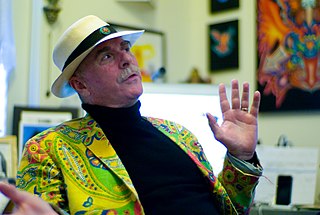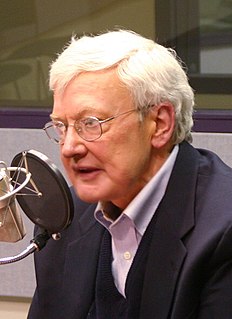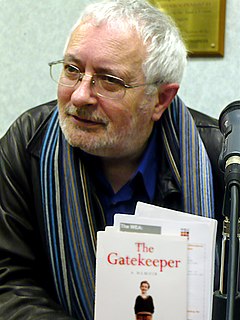A Quote by Wesley Morris
Part of what's mesmerizing about 'The Mechanics of History' is its physical eloquence - how dancerly it is. The men don't fall; they float. And when the trampoline restores them to the staircase, they move at a half speed. Cinema, they say, is 24 frames per second.
Related Quotes
In comics the reader is in complete control of the experience. They can read it at their own pace, and if there's a piece of dialogue that seems to echo something a few pages back, they can flip back and check it out, whereas the audience for a film is being dragged through the experience at the speed of 24 frames per second.
I don't know what to say to people. It's become so big. It's become part of the cultural environment. For the first and second Twiglight, I knew exactly what to say to people. If you don't know what the story is by now, then you've probably never been to the cinema before. How about, "Why not go to the cinema for once?" I don't know.
A picture story just doesn't run like a film. It doesn't have 24 frames per second. It doesn't deal with this illusion of movement. It's more like if you did an illuminated novel. I think both of those things should be running at full blast, not less of both so it becomes an easier thing. I think it should be twice as dense. That's just what interests me.

